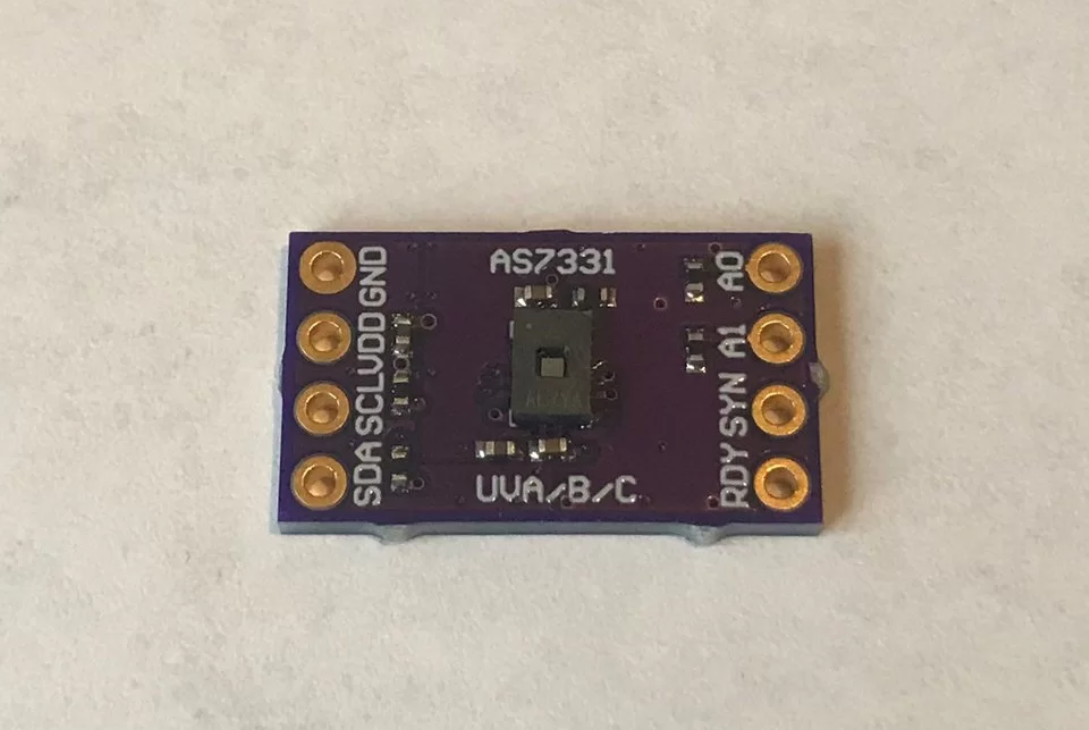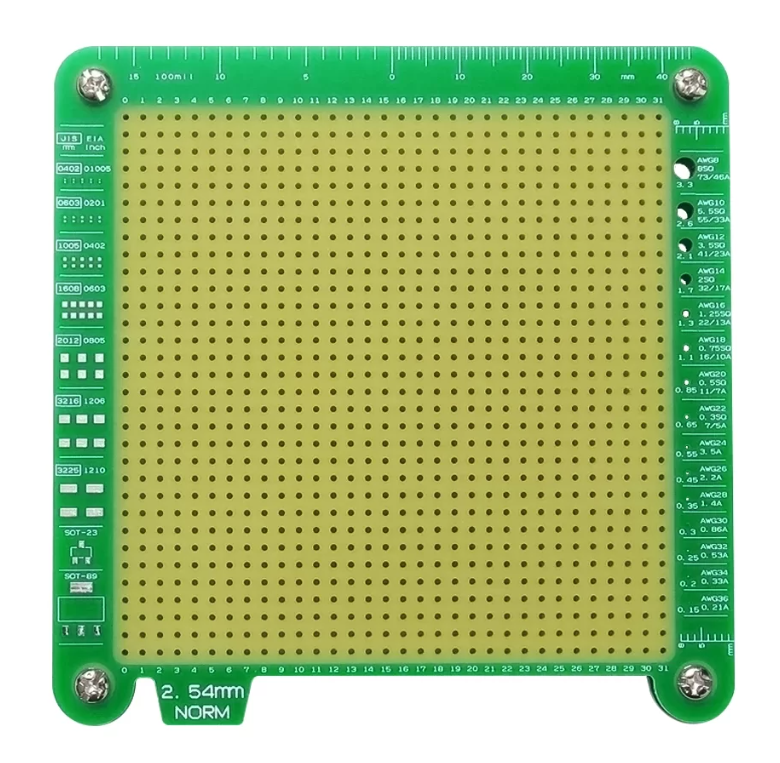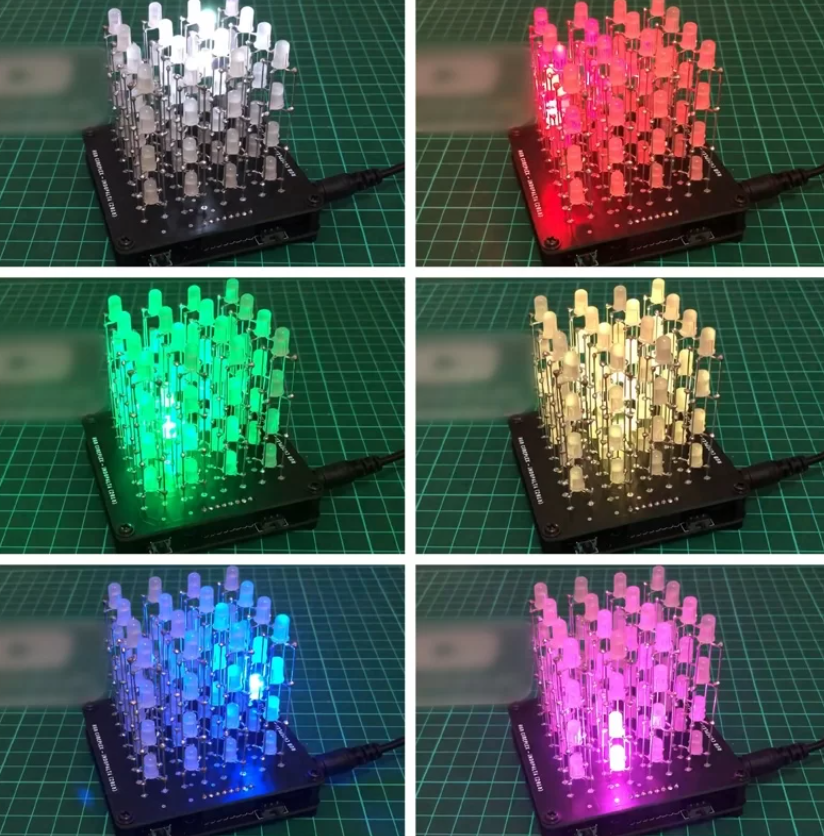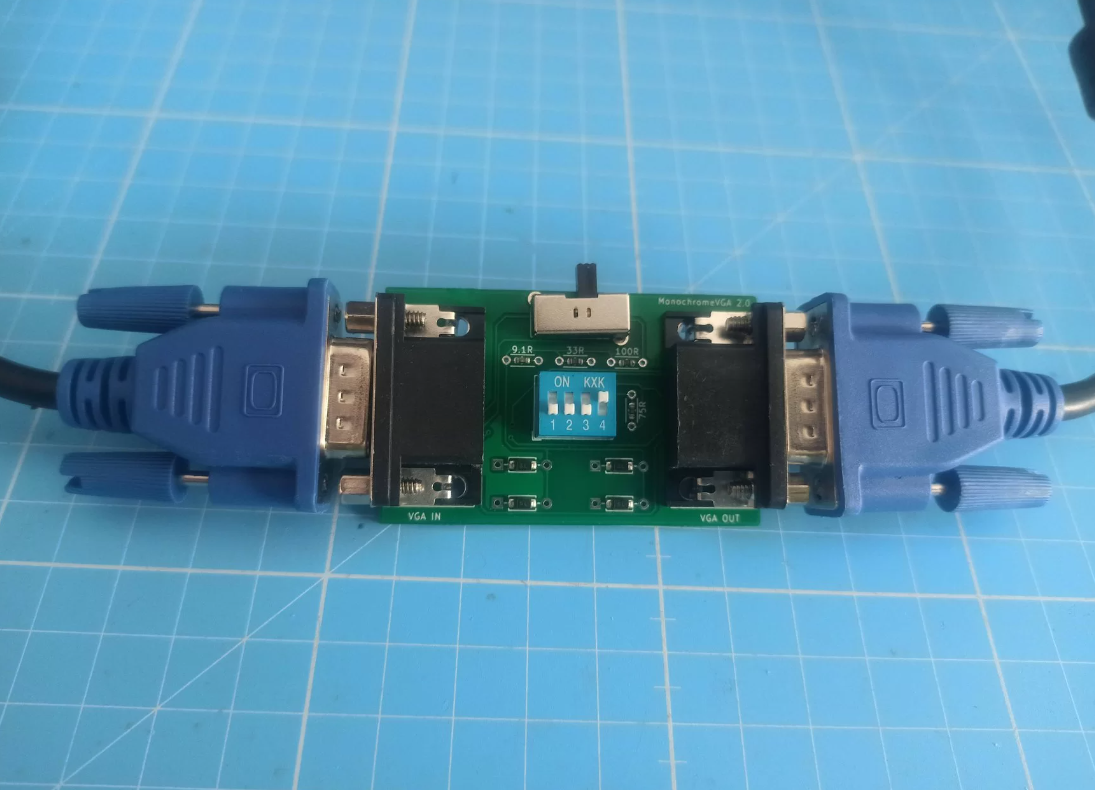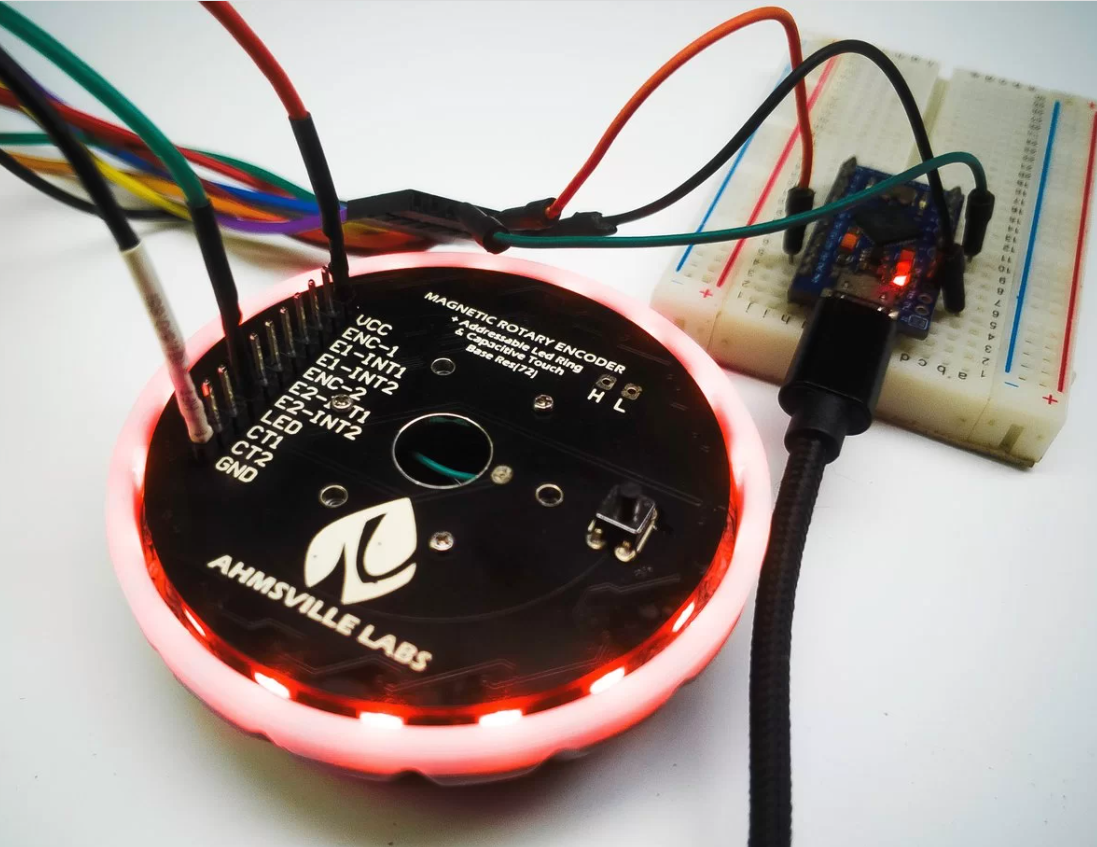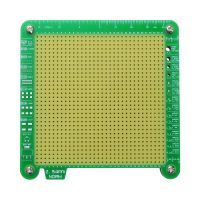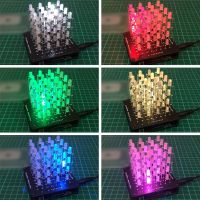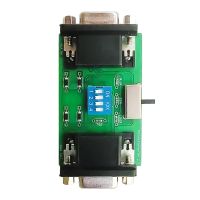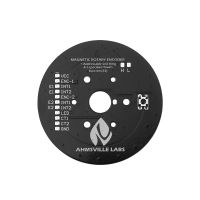Exploring 5 Cool Projects On Elecrow Partner Seller Program!
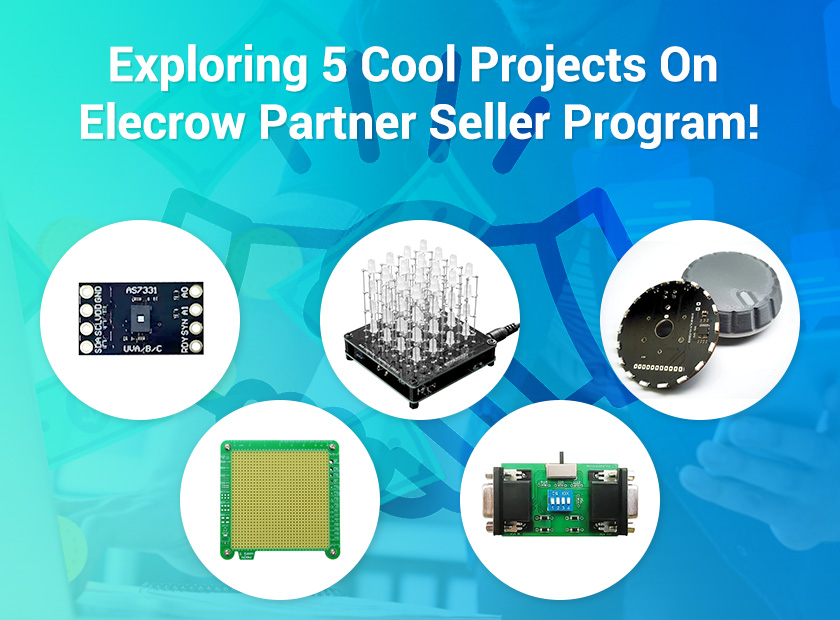
Prologue
The world of electronics is constantly evolving, and as technology advances, new and innovative products are being developed to meet the demands of the industry. At Elecrow, we pride ourselves on being at the forefront of this evolution, and we're excited to showcase some of the coolest projects on our Partner Sellers' Program.
In this blog, we'll be exploring five amazing products that have been developed by our partner sellers and are available for purchase on our website. From the AS7331 UVA/B/C Light Sensor Breakout to the High-Resolution Magnetic Rotary Encoder, each of these products offers a unique solution to a specific problem.
So, if you're looking for some exciting new products to take your electronics projects to the next level, read on and discover the amazing products available on Elecrow's Partner Sellers' Program!
AS7331 UVA/B/C Light Sensor Breakout
The AS7331 UV light sensor from AMS is an excellent device for measuring UV radiation in three of the four UV divisions, including UVA, UVB, and UVC. With its 16-bit resolution and low-power, low-noise design, the AS7331 UV light sensor can measure anything from a small 5 mW UVC LED to direct sunlight and everything in between. The sensor provides either raw counts or fully-calibrated fluence (uW/cm^2) for each of the three channels and is available by a burst read of data registers using simple serial I2C commands.
The AS7331 breakout board is small and easy to use, with all control pins exposed to the user, including VDD (3V3)/GND, I2C (SDA/SCL), A0/A1 for selecting I2C address for up to four sensors on the same bus, a data ready interrupt (RDY), and a sync pin (SYN) so two or more sensors can synchronize the timing. The breakout board is compatible with 3V3-compatible microcontrollers, and if you have to use a 5 V system, make sure to use a logic-level translator.
This sensor has a high (2.4 nW/cm^2) resolution and a large dynamic range (3.43 x 10^10), which makes it suitable for measuring solar UV variations in long-term environmental data logging devices. The AS7331 is the only UV light sensor that provides measurements beyond the usual UV index output, making it an excellent choice for researchers, scientists, and hobbyists who need to measure absolute radiative fluence (uW/cm^2) accurately.
One of the standout features of the AS7331 is its typical calibration data, which is included in the data sheet and has been incorporated into the Arduino sketch. This allows for the output to provide absolute radiative fluence (uW/cm^2) rather than just relative signal strength. The well-commented Arduino sketch shows how to configure the sensor, set up the data ready interrupt, power it down and up, and output both raw data counts and absolute fluence for all three channels.
In conclusion, the AS7331 UV light sensor from AMS is an excellent device for measuring UV radiation in three of the four UV divisions. Its small, easy-to-use breakout board makes measuring absolute UV radiation fluence with almost any I2C-capable microcontroller simple and intuitive. With its high resolution and large dynamic range, the AS7331 is a versatile and reliable sensor that is ideal for a wide range of applications, from environmental sensing to UV LED function testing.
Whether you are an electronics enthusiast or a newbie, the AS7331 UV Light Sensor Breakout can serve as a great element for you to fulfill your electronic programs, click here to order the efficient AS7331 UV Light Sensor and start to build your program now!
2.54mm Pin Header Soldering Jig
If you're looking for a convenient and easy way to solder pin headers onto a breakout board, the 32x32 Hole DIY PCB Board is the perfect solution. This board features 32 vertical by 32 horizontal holes with a pitch of 2.54mm, allowing you to easily insert and solder pin headers in a straight line.
With a hole diameter of 0.95mm, this board is compatible with a wide range of pin headers, making it a versatile tool for all your DIY electronics projects. Plus, the 2.54mm pitch headers can be soldered directly onto the board, saving you time and effort.
Whether you're a seasoned electronics enthusiast or just starting out, the 32x32 Hole DIY PCB Board is an essential tool for any project that requires pin headers. So why wait? Order yours today and start building!
LED Cube RGB 4x4x4 Kit / Charliecube PALTA Style
Introducing the RGB LED Cube 4x4x4 kit - a stunning and captivating DIY project that will add a touch of brilliance to your home or office space. This kit is based on the Charliecube design by Asher Glick, with some modifications to make it easier to assemble, and more beautiful than ever before.
The kit comes with all the components needed to build the LED cube, including 64 RGB LED 5mm common cathode, wires, IC ATMega328P-PU, IC socket 28pin, crystal 16Mhz, capacitors, resistors, pin headers, diode, tactile buttons, mini slide switch, DC power socket PCB mount, and all necessary hardware such as screws, spacers, and washers. The kit also includes jigs to help you with the assembly.
The code used for this kit can be found on GitHub, and the ATMega328P-PU in the kit is already programmed with the code. However, you can modify the code to your liking if you wish. To make the assembly process even easier, there is a step-by-step tutorial video available with English captions.
The finished product is a stunning LED cube that will light up any space with its mesmerizing colors. The cube's 4x4x4 size is perfect for a desk or shelf and will be a conversation starter for anyone who sees it. You can even customize the cube's lighting patterns and colors to suit your preferences.
With the RGB LED Cube 4x4x4 kit, you'll have everything you need to create a beautiful and mesmerizing LED cube. Whether you're a seasoned DIY enthusiast or just looking for a fun project to do with friends or family, this kit is perfect for you. Get yours today and start building your own LED cube!
MonochromeVGA
Are you feeling nostalgic for the classic monochrome monitors of yesteryear? Look no further than MonochromeVGA - the perfect product to relive those cherished memories. This innovative device allows you to experience the vintage allure of iconic monochrome displays like the Amstrad CPC and IBM PCXT, right on your modern PC monitor.
But MonochromeVGA isn't just for nostalgia-seekers. This extraordinary device has captured the attention of professionals across a wide range of fields. Photographers, for example, have found immense value in connecting MonochromeVGA to a secondary VGA monitor, allowing them to view black and white photographs in real-time during the editing process.
And the benefits don't stop there. MonochromeVGA has even made a significant impact on individuals dealing with post-concussion syndrome. By effectively eliminating blue light when combined with a CRT monitor, this device has provided a complete and physical solution for those suffering from photophobia aggravated by blue light.
But MonochromeVGA isn't just about simple conversions. With a clever arrangement of resistors and DIP switch settings, you can easily switch between monochrome and color output and even customize your visual experience with simulated monitor settings. Choose from vibrant green, classic amber, or timeless black and white displays to suit your preferences.
With MonochromeVGA, you can unlock a world of features and rediscover the simplicity and elegance of monochrome monitors. Upgrade your digital journey today and let the retro nostalgia flood your senses with MonochromeVGA.
High-Resolution Magnetic Rotary Encoder
Revolutionize your projects with the Magnetic Rotary Encoder - a high-resolution rotary encoder designed for makers who want to integrate precise rotary control into their projects quickly and easily. This standalone encoder is 3D printable and built using neodymium magnets, hall-effect sensors, and analog comparators for a contactless and durable solution.
The Magnetic Rotary Encoder boasts a base resolution of 72, which can extend up to an impressive 72000 steps per revolution. It also features a built-in capacitive touchpad that can detect four input types - tap, double-tap, short press, and long press. Plus, with a ring of 18 individually addressable LEDs on board, you can add some extra visual flair to your project.
The encoder's contactless encoding method ensures that there is no physical contact between the knob and the electronics, making it extremely resistant to long-term damage. Additionally, the encoder features a ball bearing that gives it a much smoother feel compared to traditional rotary encoders.
Most of the parts for the Magnetic Rotary Encoder are 3D printable, so you can customize them as required. Plus, implementing the encoder is straightforward with dedicated libraries for both the rotary encoder and built-in capacitive touch. The encoder also supports analog and digital connections and offers easy mounting options.
The Magnetic Rotary Encoder is compatible with all Arduino boards, Raspberry Pi Pico C/C++ SDK, and all Micropython-supported boards. It comes in a default size of 68 x 26mm, and each box includes one main encoder board that's already assembled and tested.
Upgrade your projects with the Magnetic Rotary Encoder and enjoy precise rotary control with ease. Download the 3D files today and unleash your creativity!
Final Words
In conclusion, the Elecrow Partner Sellers' Program is a great opportunity for innovative makers and creators to showcase their products to a wider audience. We have explored five cool projects that are part of this program, ranging from AS7331 UV light sensor breakout board to a Magnetic Rotary Encoder.
These projects not only demonstrate the versatility and creativity of the Elecrow platform but also highlight the potential for individuals to turn their ideas into successful products with the right resources and support.
If you are interested in becoming a part of the Elecrow Partner Sellers' Program, be sure to check out their website for more information and to apply. Who knows, your project could be the next big thing in the world of tech!

